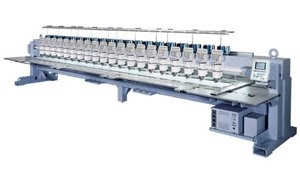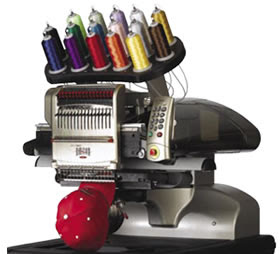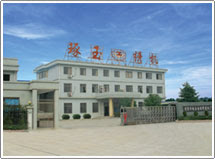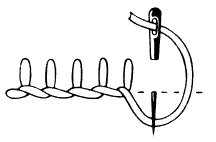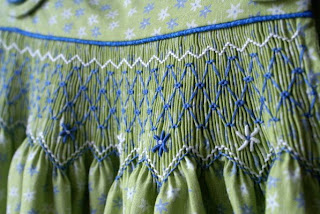
Following are the features of roll to roll embroidery machines:
- Internal battery backup and origin reference allow you to restart quickly and accurately even after a power failure.
- This embroidery machines has Automatic thread break detector.
- Variable sewing speed from 200 to 600 stitches per minute and can be adjusted to suit each individual application.
- Perimeter trace allows you to trace the outline of a design to ensure proper placement of design.
- Digitally float to any stitch in a design.
- Visual pattern preview.
- The Head of this embroidery machines contains 5 or 9 needles.
- This embroidery machines has super quiet operation, means it produces very minimal sound while running.
- Thread clamps hold threads in place to prevent pull outs.
- This embroidery machines has the quality of Automatic color change.
- Automatic thread trimmers.
- It has the Built-in 3.5" disk drive.
- 261,000 stitch capacity in 10 patterns. Expandable up to 696,000 stitches.
- Automatic speed control ensures optimum stitch quality.
- Ability to update software from disk.
- Backup disk of all patterns stored in memory can easily be created or restored with one simple command.
- Function List allows you to quickly and easily change color sequence in one screen.

